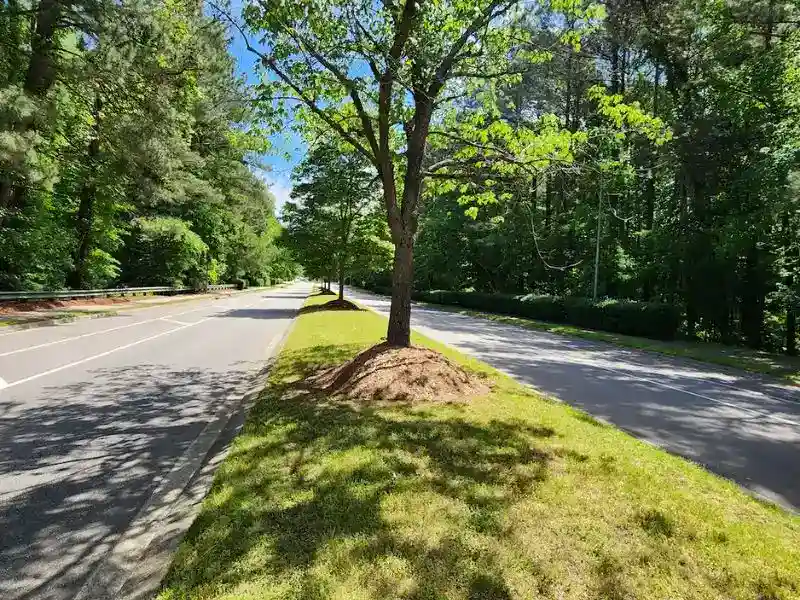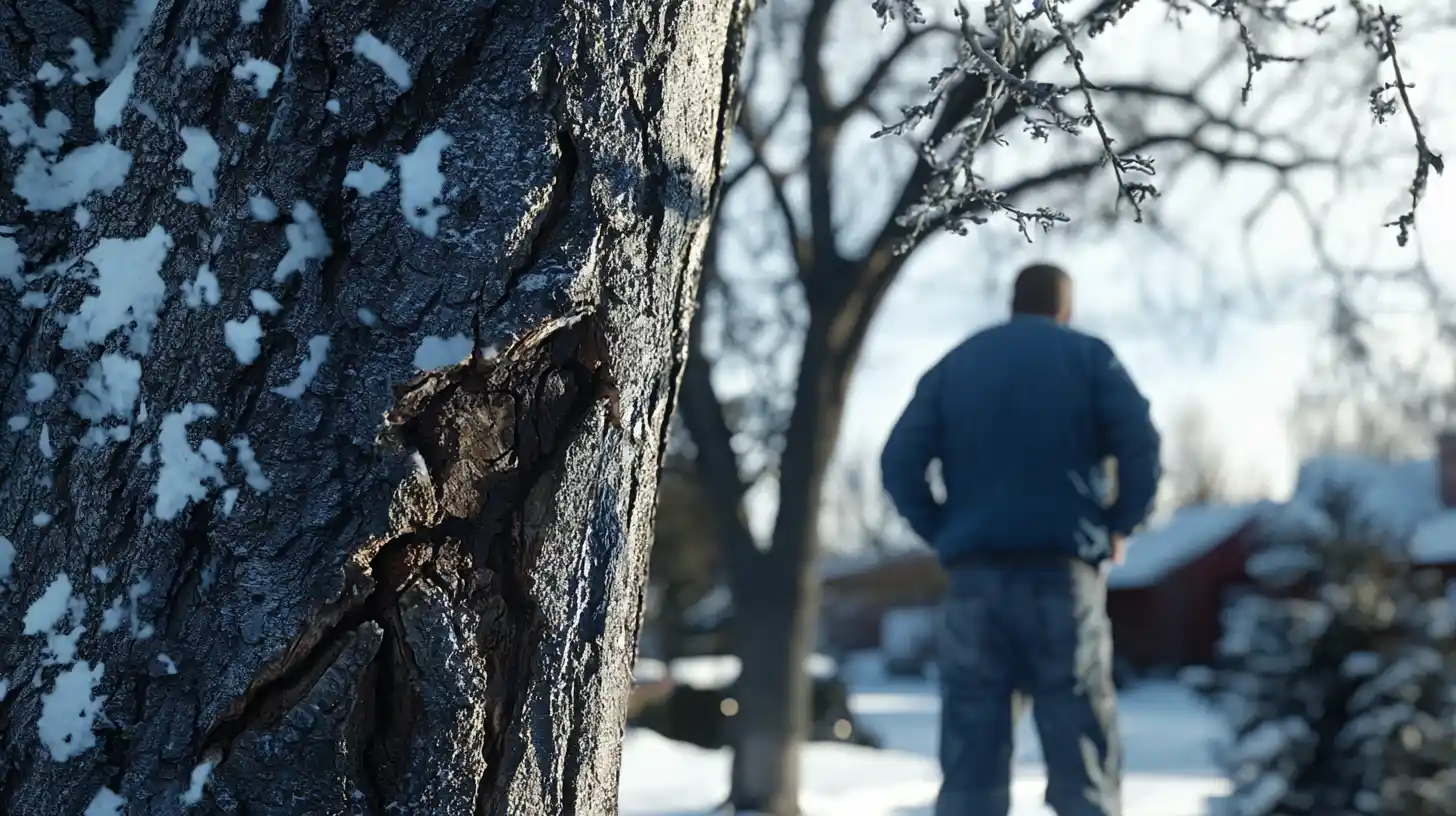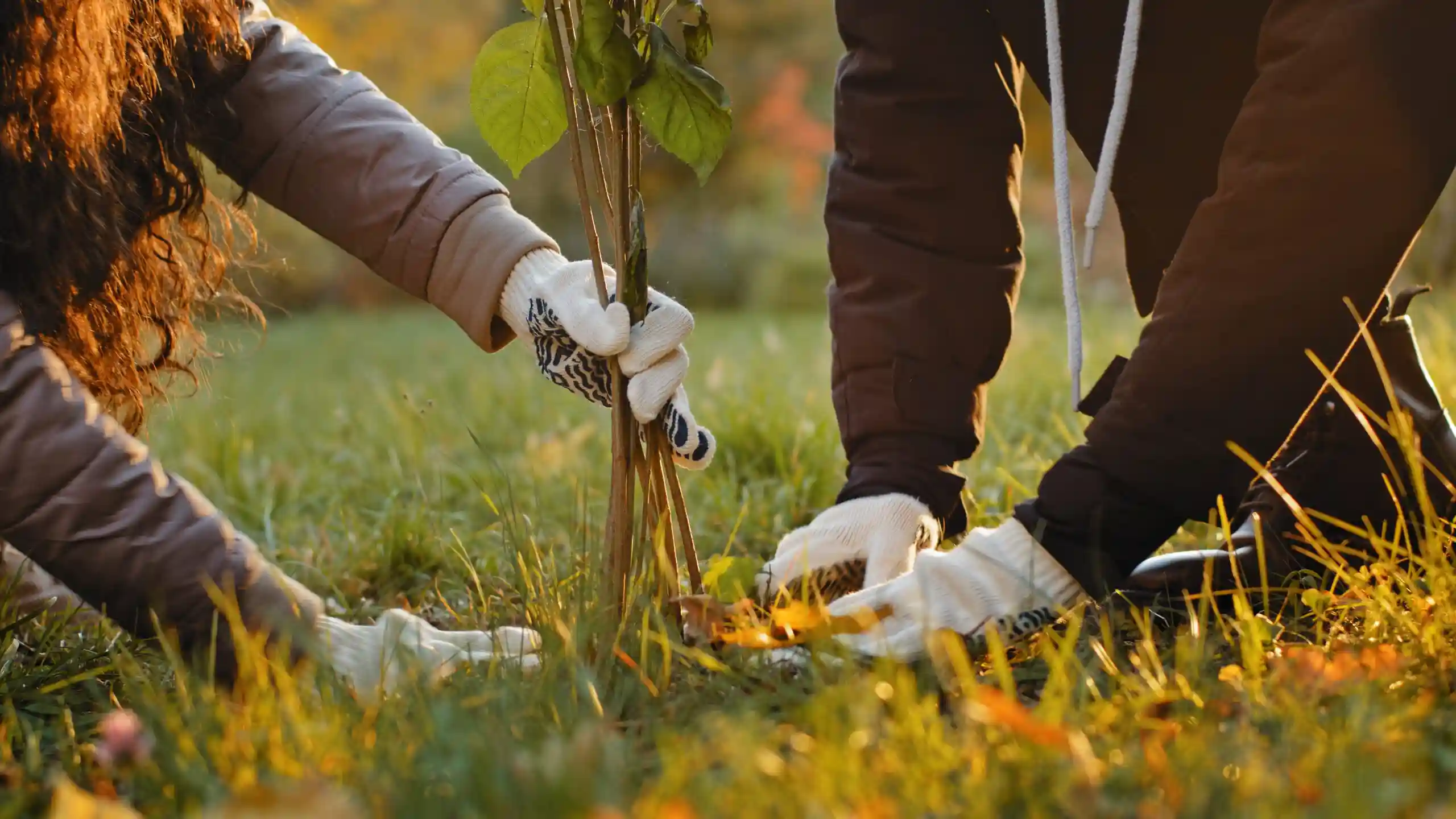Transplanting established trees and shrubs is a delicate process that requires careful planning and execution. Whether you’re moving a beloved tree to a new location or relocating shrubs for landscaping purposes, following best practices is essential. Let’s explore the key steps to ensure successful tree and shrub transplantation.
1. Root Pruning: The Foundation for Success
Root pruning is a critical step in minimizing transplant shock. Feeder roots, responsible for nutrient and water absorption, often get damaged during the move. To mitigate this, consider root pruning several months to a year before transplantation. The goal is to encourage the plant to develop new feeder roots within the future root ball zone. Larger plants may require more time to establish after root pruning.
2. Timing Matters: Fall and Spring Transplant Windows
For most plants, root pruning in the fall followed by transplanting in the spring is ideal. This allows new feeder roots to grow during winter without the burden of supporting new growth. However, larger plants may benefit from root pruning a year or more in advance. Alternatively, root pruning in spring for a fall move is possible but requires diligent watering during summer dry spells.
3. Methods of Root Pruning:
- Spading: Cut through existing roots with a spade, creating a circular cut around the plant. Spading works well for small plants or those not in the old site for long.
- Trenching: Dig a trench around the plant, refilling it with soil high in organic matter. Trenching suits plants that have been in the old site for several years.
4. Transportation and Protection:
- Wrap the tree or shrub in a tarp during the move to reduce wind damage and moisture loss.
- Use ball carts, wagons, or thick folded cardboard to transport the dug plant to its new location.
5. Post-Transplant Care:
- Mulch Ring: Once planted, create a mulch ring extending 3 feet beyond the drip line. Mulch conserves moisture and protects against temperature extremes.
- Immediate Watering: Water the tree or shrub as soon as possible after transplanting. Adequate soil moisture is crucial during the establishment process.
Remember, successful transplantation involves thoughtful planning, proper techniques, and patience. By following these best practices, you’ll give your trees and shrubs the best chance to thrive in their new home! Follow us on Instagram🌳🌿



